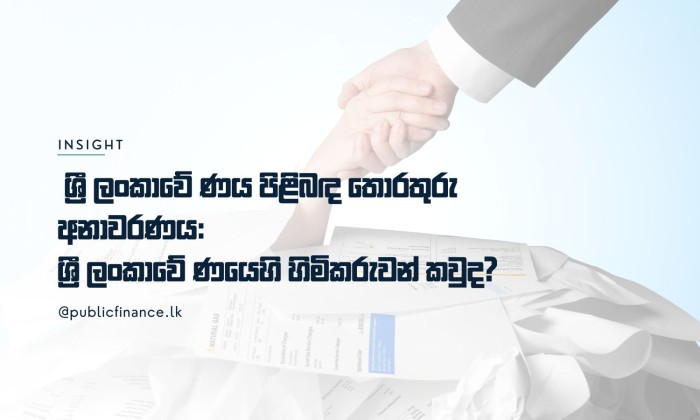නිදහස් හා විවෘත ප්රවේශය
රාජ්ය මූල්ය දත්ත හා විශ්ලේෂණයන් සඳහා



පහත ප්රස්ථාරයෙන් 2022 සැප්තැම්බර් අග වන විට ශ්රී ලංකාවේ විදේශ ණය හිමිකම නිරූපණය කෙරේ.